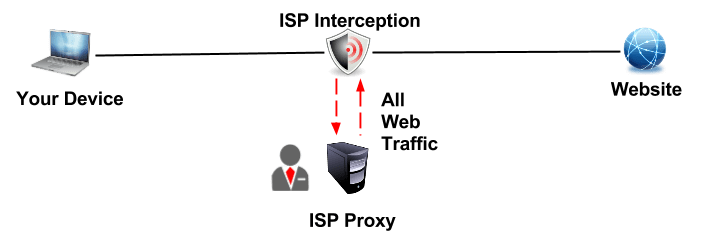A transport proxy is a server that is integrated between your computer and the internet to redirect your requests and feedback with changing them. A proxy server that does not have the capability to alter your request and responses is referred to as a non-transport proxy. Note that a transport proxy has numerous uses such as can help in filtering content in schools and libraries. The best part is that it does not require any configuration on the part of the client and it is the easiest to maintain option when compared with other types of proxy.
In locations where internet speed is poor, a transparent proxy allows the user to have improved efficiency of limited bandwidth. It becomes more helpful where numerous people are expected to visit the similar page like the front page of a leading newspaper or video. Rather than downloading the content several times over a congested connection, it is cached by the proxy and served from the cache to the user.
How does it differ from Other Types of Proxies?
There are three main types of proxies which include normal proxy, a transparent proxy, and reverse proxy.
Normal/ regular proxy
A normal caching proxy is a server that is created to listen on a separate port and clients are configured to transmit request of connectivity to that separate port. Therefore, the proxy server gets the request, procures the content and keeps a copy to be used in future. When another client requests for the similar webpage, the proxy will just respond to the request with the content that it’s stored in its cache, hence enhancing the request-response speed.
Transport proxy
While the transport proxy works as a caching server, it is also configured in a unique way that it eliminates the client part configuration. Normally, the proxy server is situated on the gateway and intercepts the WWW request from the browser and captures the content for the first time and successively responds from its local cache.
Reverse proxy
This is very different in its usage since it is designed to benefit the web server instead of the client. Basically, a reverse proxy that resides on a web server will cache all the static replies from the web server and respond to clients from its cache to lessen the load on the web server.
How to Check for Transparent Proxy Interception

You can use transparent proxy detection tool to check if your ISO is intercepted with a transparent proxy. Additionally, the tool allows you to check your VPN network addresses, and detect Tor exit nodes




